QuestionHi Susan,
Could you tell me whether hard water or soft water in my tropical fish tank should be used. New tank but fish keep dying. Is the problem snails and how do i measure the ph
Thank you
Dee Hedges
AnswerHi Dee,
Hard water of course is water that contains more minerals with a higher pH level. And soft water contains less dissolved minerals and a lower pH. The good news is that most aquarium fish can live in many varying levels of water chemistry. Since most pet fish nowadays are extensively captive bred, they are quite adaptable to a wide range of conditions.
Usually your local petstore has the same type of water that you do. So the fish you buy from there are already adapted to it.
When you have a new tank the most common reason for fish to keep dying in it is due to the tank not yet being cycled and high ammonia levels. The good beneficial bacteria colonies that keep ammonia at bay are not yet established in the aquarium. This is also known as your 'biological filtration'. It takes the good bacteria several weeks to develop colonies sufficient enough to support a tankful of fish.
The key here is when you have a newly setup tank. Stock it very slowly and gradually. I would start out with a hardy species like a few platies (very colorful and easy to care for) or Black Skirt tetras. I'm not sure how big your aquarium is but a general guideline would be about 3 'cycling' fish per 10-gallons of water.
Patience is very important. Maintain this little group of fish for at least two weeks. If they are doing well after that time period, add 3 more small fish of about equal size. Wait another week or two and add 2-3 more. Continue this careful process until your aquarium is fully stocked.
*Keep in mind that its very beneficial to the cycling fish to do a 30% water change once a week. This prevents water pollution from building up too much and it will not hurt the tank's ability to establish.
*Also, although the numbers of fish per gallons I listed are very safe, sometimes things can go wrong and your fish may show signs of distress. If you notice them behaving listless, swimming sluggishly, or have dull coloration or clamped fins, do an emergency water change of 50%.
~Always remember to use a water conditioner like 'stresscoat' to treat all new water going into the tank when doing a water change and try to match the new water's temp with what the fish are use to.
Snails shouldn't hurt your fishes well-being at all. They may be polluting the tank too fast for the biological filter bacteria to keep up with and the fish are suffering as a result.
Measuring pH is very easy. There are simple dip test strips and fancier glass test tubes and special chemicals you add to the water sample to check your water's pH. You can buy both types at your local petstore or sometimes even Wal-Mart.
However, testing your pH is not necessary. As long you are refreshing the tank's system with new water regularly via water changes your pH will remain stable. If you allow your water to get too dirty like say you skip water changes for several months, the natural buffers in your water that keep the pH stable will be used up by the acidic compounds from the excess waste buildup.
The most important things for healthy fish are cycling your tank gradually, doing regular water changes and feeding a balanced diet.
I do hope this helps and best of luck!
Susan~

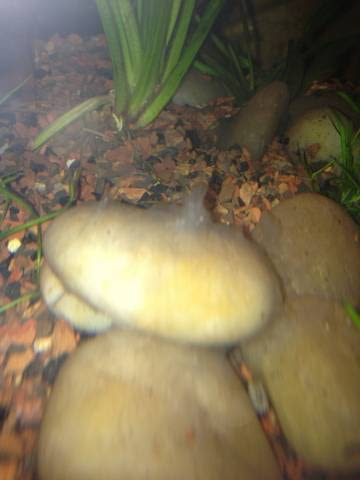 white fuzz on aquarium stones
Question
Fuzz
Hi Jaymie, I recently set up a Hag
white fuzz on aquarium stones
Question
Fuzz
Hi Jaymie, I recently set up a Hag
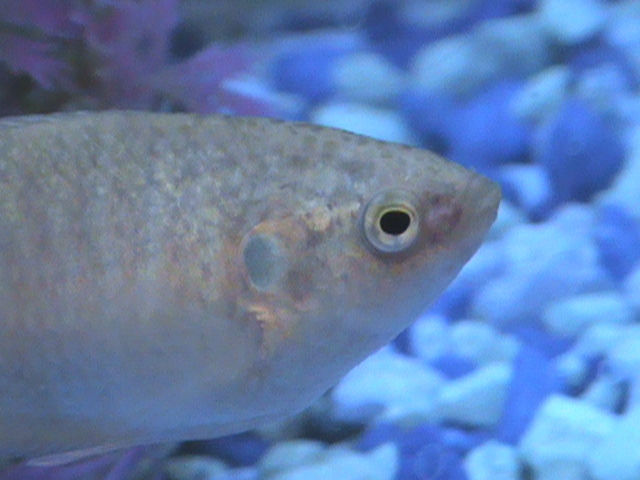 jiffy!
Question
jiffy redux
first, thanx for being such a big
jiffy!
Question
jiffy redux
first, thanx for being such a big
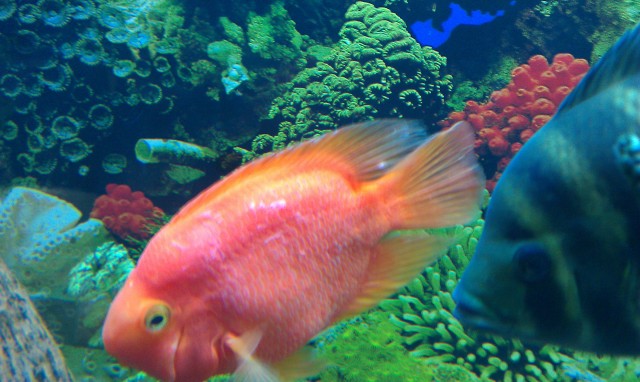 Parrot disease
Question
scales peeling off
I have a 115 gallon tank wi
Parrot disease
Question
scales peeling off
I have a 115 gallon tank wi
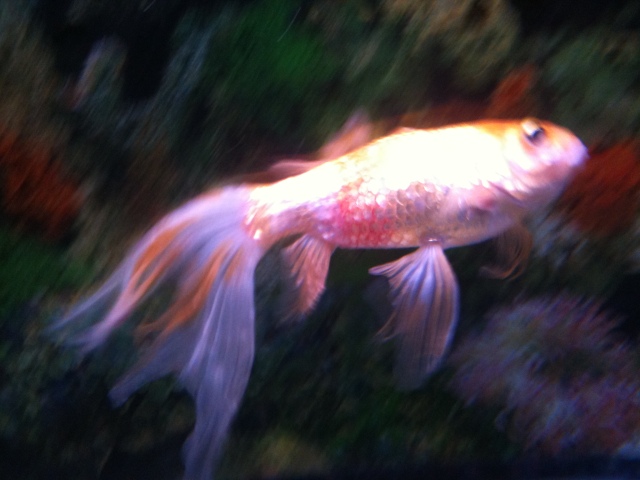 Gold fish Symptons
Question
Goldfish
I have a goldfish that is 20 years ol
Gold fish Symptons
Question
Goldfish
I have a goldfish that is 20 years ol
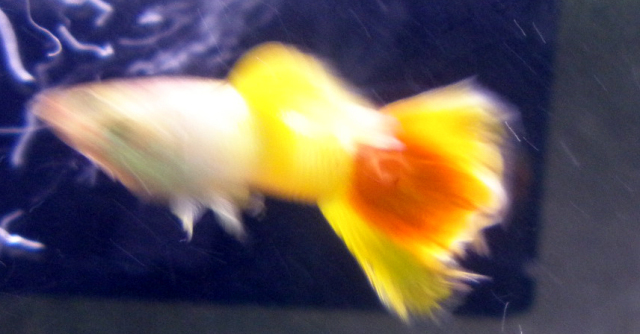 tail growth
QuestionQUESTION: I have had a male guppy for several m
tail growth
QuestionQUESTION: I have had a male guppy for several m